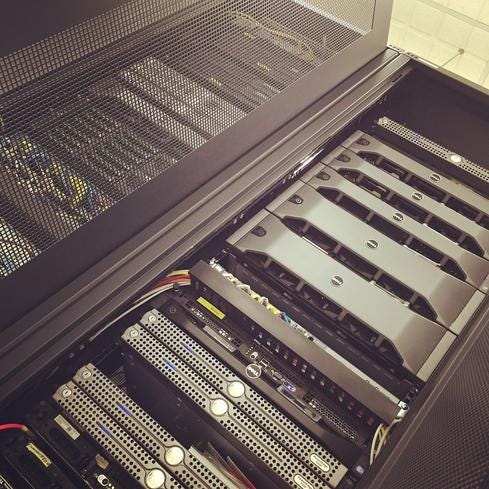Google Fiber Is Coming To Public Housing For Free
Google is working with the federal government to bring its high-speed Internet service -- Fiber -- to affordable housing properties at no cost.


7 Ways To Kill Data Center Efficiency
7 Ways To Kill Data Center Efficiency (Click image for larger view and slideshow.)
Google is launching a program in all of its Fiber markets to connect residents in select public and affordable housing properties, free, with no installation fee.
In its existing markets, Google's Fiber service offers a connection to basic Internet speeds for a $300 construction fee (or $25 a month for 12 months). After the initial cost, the home or building gets free Internet for seven years.
The initiative is part of ConnectHome, a program launched July 15 by the White House and US Department of Housing and Urban Development (HUD) to bring Internet connectivity to more school-aged children and families living in HUD-assisted housing in 28 communities across the country.
The ConnectHome pilot program, also announced this week, is launching in 27 cities and one tribal nation. It will initially reach over 275,000 low-income households and nearly 200,000 children.
HUD is collaborating with EveryoneOn and US Ignite. These groups worked with private- and public-sector leaders to build local partnerships to bring broadband, technical assistance, and digital literacy training to students living in public and assisted housing across the country.
For example, in Seattle and across its coverage footprint, CenturyLink will make broadband service available to HUD households through its Internet Basics program, which will cost $9.95 per month for the first year and $14.95 per month for the next four years.
Other corporate partners are pitching in, too. Best Buy will offer afterschool technical training, free, to students participating in ConnectHome at Best Buy Teen Centers in Atlanta, Los Angeles, New York, San Antonio, and Washington.
Early indicators suggest the program is poised for success. In cooperation with the Housing Authority of the City of Austin (HACA) at Manchaca Village, the first public housing property Google engaged, more than 90% of residents signed up for service, and more than half of the residents completed digital literacy training.
[Read about other Google projects to watch.]
"The web is where we go to connect with people, learn new subjects, and find opportunities for personal and economic growth," Erica Swanson, head of community impact for Google Fiber, wrote in a blog post. "But not everyone benefits from all the web has to offer. As many as 26 percent of households earning less than $30,000 per year don't access the Internet, compared to just 3 percent of adults with annual incomes over $75,000."
The announcement follows an initiative by the US Federal Communications Commission launched in June to continue subsidizing broadband for poor Americans through reform of the Lifeline program. That program was started in 1985 under President Reagan to assist rural residents seeking phone service.
The program is designed to help low-income consumers by providing a $9.25 a month subsidy as well as improve pricing and service among Lifeline members.
About the Author(s)
You May Also Like
Smart Service Management
June 4, 2024Tales of a Modern Data Breach: The Rise of Mobile Attacks
June 11, 2024The CIOs Guide to Enhancing GRC in 2024
June 20, 2024







